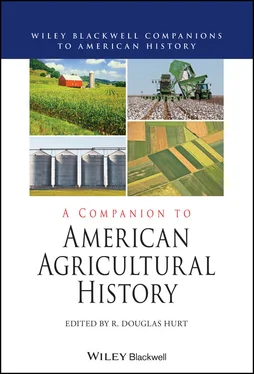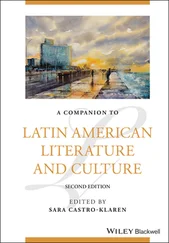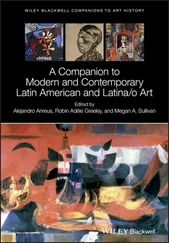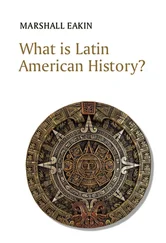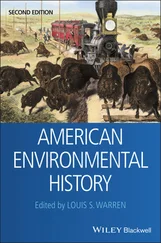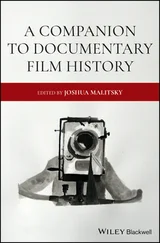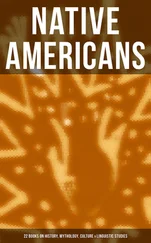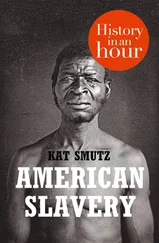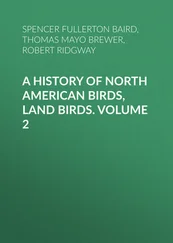As traditional commons practices transplanted and evolved in colonial North America, so did commons culture (Griswold 1948). Raymond Williams writes that “a culture has two aspects: the known meanings … which its members are trained to; [and] the new observations and meanings, which are offered and tested” (Williams 1973). Migrants to North America came “trained” in some manner or degree to the long-held customs of the commons. These “known meanings” and aspects probably conditioned settlers to see themselves as agents of the mandate found in the Book of Genesis (Williams emphasizes the perceived bounty of North America in the eighteenth century; Williams 1973). John Locke used this biblical hierarchy as the basis of his political economy. “God has given the Earth to the children of Men … given it to Mankind in common.” And he formulated his vision of the Earth’s commons with America in mind referring to the “wild common of nature” (Locke 1689). Settlers built on these “known meanings” and proceeded to “offer and test” new rationales for their resource takings. As contending groups, covetous of the common’s wealth, confronted each other, new boundaries and rules emerged reflecting the relative power of the contenders.
An expansive rather than a limited resource base brought to the fore new forms of taking. Local control and possession took on entirely new meanings when “taking” meant taking from Indigenous Peoples rather than the manor lord or one’s neighbors. Labor leading to the acquisition of property gained political significance in the settler nation when authority gave the nod of approval to settlers’ squatting, which garnered them the standing of property and national belonging (Evans 2019). The social welfare ethics of the right of remainder and judicious use receded. Locke’s charge that God’s gift of nature was “not for man to spoil and destroy” but to take “as much [of] as anyone can make use of to any advantage of life before it spoils,” was rarely an ethical standard settlers took to heart (Locke 1689; Tully 1980; A. Taylor 1998). Indeed, the aspects of the commons tradition that facilitated sharing became less important than those that justified taking.
The most dramatic shift took place in the sociology of taking and sharing. As in Europe, the commons in North America denoted any shared resource over which a person felt entitled to exercise a right of extraction, based on custom. But the colonial context shifted the relationship between resources, individuals, and their communities, emphasizing the sociopolitical meaning of resources. Whereas in Europe resources reflected the class hierarchies of the manor, and later the wider emerging capitalist world, North American colonialism reflected the political identities of the claimants to resources in regions where original, non-Europeans also claimed resources. The degree to which individuals felt entitled to exercise their rights to extract resources was proportional to their identification with the larger group and its strength and ability to claim dominion over those resources.
In the case of settlers, this larger group was the nation-state. The traditional commons and the nation-state were systems for gaining access to the potential of wild nature. It was the terms for gaining access, the means used, the scope, and ultimately, the end-goal of extractions, which were different. With the commons, different classes of people locally negotiated access. The nation enabled mythologies of sameness, more easily enabling one group to take from another, and was inherently expansive. Local control and negotiation promoted mostly sustainable extraction, while expansive nationalism tended towards over-extraction. The commons tended to focus inwardly, with outer edges shifting. The nation focused outwardly, defining and then redefining its dominion and its borders. The commons aimed at gaining use-rights, while the nation guaranteed property rights. What had previously been manor insiders and outsiders, became citizens and others. Settler colonialism offered political elites new tools for unifying political constituencies into their service, such as racism, nationalism, and market relations. When mutual validation occurred between borderland dwellers and power centers, a sense of belonging and mandate became the justification for taking (Crump et al. 1867; Martin 1991).
The clearest sign of the growing relationship between settlers and the state in colonial agriculture was squatting. Squatting, of course, was a long-standing aspect of the commons. People appropriated space and natural resources by being present and through physical occupation. By extending the outer commons into an abstract “out there,” settler colonialism detached physical location from corporate political identity. Settlers crossed the boundary dividing actual and potential colonial space. They claimed lands outside of their polity, but they carried their political affiliation with them. Expansion and the acquisition of land was part of the ethic of settler colonialism, so the logical next step was for squatters to petition their political authority for its legal approbation of their taking, which allowed inheritance and sale. There was no published declaration of this agreement. Settlers in the United States appeared to have been the first colonial settlers to initiate such a quid pro quo. The US Congress receive memorials from squatters asking for preemption rights as early as 1785 from the western reaches of Pennsylvania, Virginia, and North Carolina. The practice spread throughout the British Empire, with Lower Canada being the nearest neighbor to the United States seeing widespread squatting with calls for preemption claims by the late 1830s (Whan 1996; Canada did not grant individual preemption rights until the 1870s; Loo 1994; Phillips, McMurtry, and Saywell 2008; Neimark and Mott 2017; Girard, Phillips, and Brown 2018).
Empire and colonialism pulled apart the commons’ historic ties between specific places, actual practices, and commoners’ beliefs about the land, their rights, and the presumed and neglected duties of the more powerful toward the less fortunate. It rejiggered these landed social relations into a new formation, where the outer commons carried much of the burden of fulfilling settler hopes and dreams. Colonizers’ visionary propensities created a political bridge between centers of power and peripheral locations. An ideological commons floated above the land, branching out into multiple directions (Dietz et al. 2002; Manzella 2010; Nelson 2016). Both those who went about the daily work of taking, occupying, and possessing land and those who governed, communed with a prosperous and improved future. The western reaches of colonial settlement became an experimental site, where settlers and their state began to work out the terms of white settler expropriation and dominion.
Of course, western lands were far from vacant. They were the homes of thousands of indigenous tribes, families, and traditions. But in another sense, the vacancy was real, in the settler nation’s vision. Benjamin Franklin wrote in 1755 that “the Territory of North America” was “so vast that it will require many ages to settle it fully,” after acknowledging only a few lines before that “Europeans found America as fully settled as it well could be by hunters” (Franklin 1918). This blindness produced a fiction called the public domain, which was the actual acres the government planned to offer as grants or for purchase at its land offices, as well as the not-yet-owned spaces of the continent: the area which would eventually be the nation. In a dialog that began even before the ink was dry on the Treaty of Paris, and which echoed from the nation’s edges to its centers of power in the 1780s and 90s, settlers and their state began to establish the terms of how the public domain would expand, and with it the nation. After the American Revolution and the Louisiana Purchase, continentalism and the public domain went together as an expression of the present and future commonwealth of US citizens, still awaiting the overt adoption of Manifest Destiny. Far in advance of land cessions encompassing the continent, this vision encouraged settlers to take land (Hamilton 1790; US Congress, First Congress 1790, 1791; US Congress, Fourth Congress 1795; Dunbar 1804; Jefferson 1804; US Congress, Eighth Congress 1804a, 1804b, 1804c; US Congress, Eleventh Congress 1810; US Congress, Twelfth Congress 1813; Committee on the Public Lands, US Congress, Sixteenth Congress 1819).
Читать дальше
